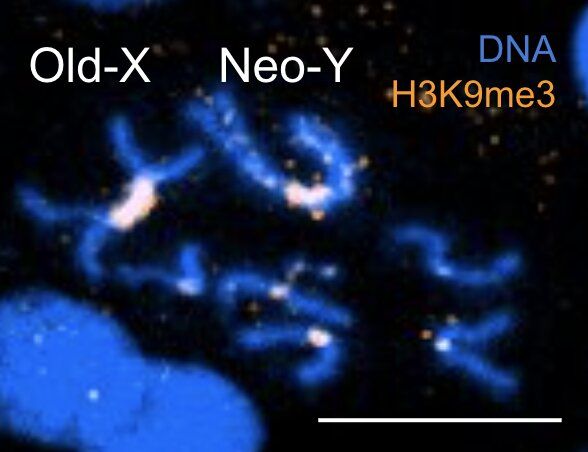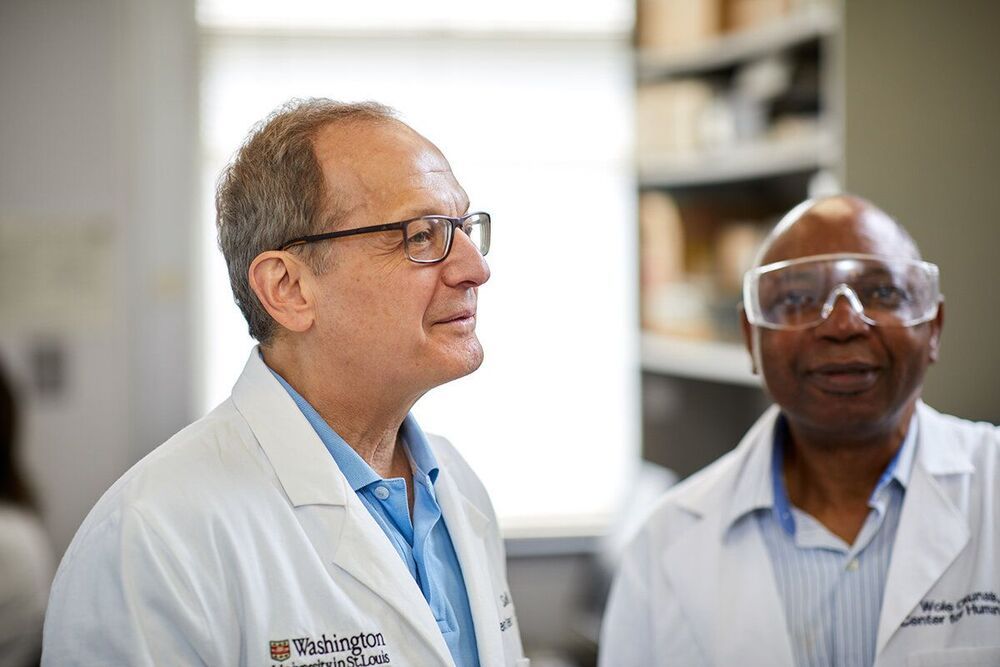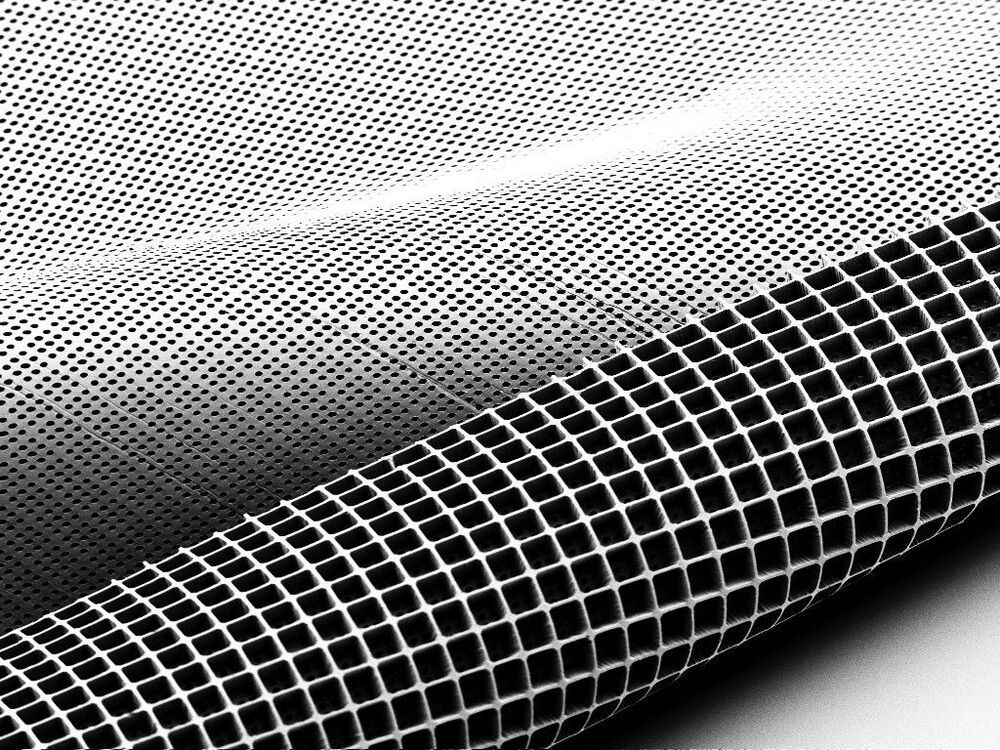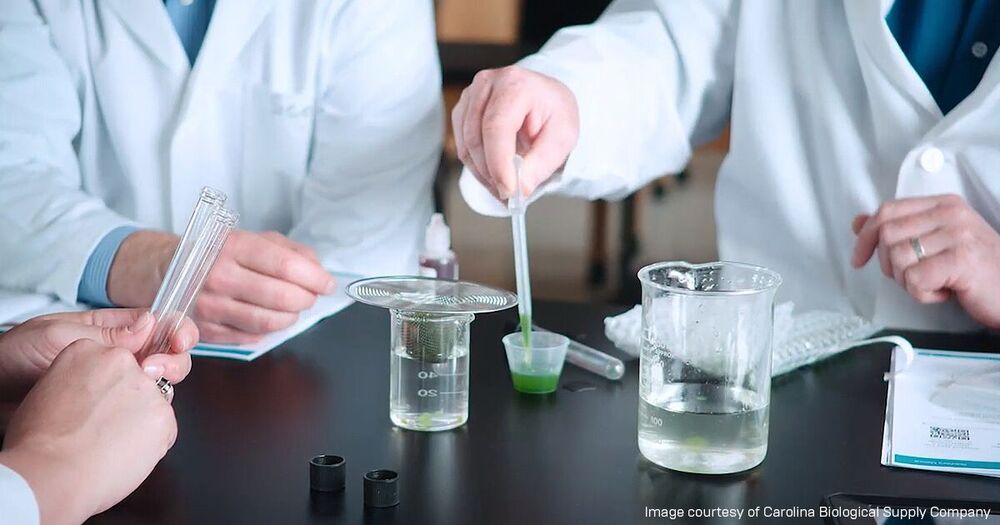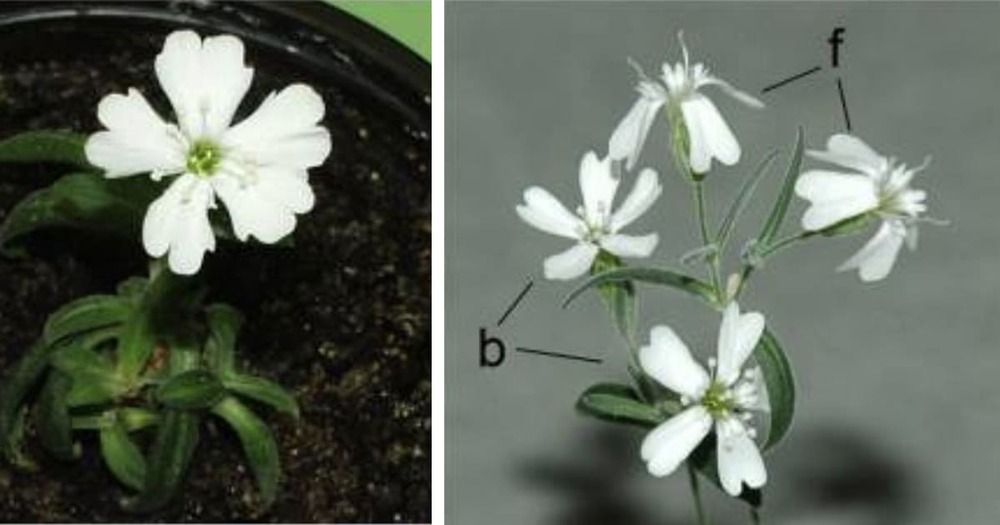There’s been a lot of talk lately about drones as a huge military asset. But, since everybody seems to be doing the same thing, the question becomes: how do we counteract them? The U.S. military is also focusing on drones as a threat and what are the best ways to tackle this threat. Aerial Dragnet has the answers.
Early trials show Oxford developers may have finally found an effective jab against the disease.
O,.o.
European cyberknife center to be among the first providers in the world to offer the latest advance in gyroscopic radiosurgery.
Males may have shorter lifespans than females due to repetitive sections of the Y chromosome that create toxic effects as males get older. These new findings appear in a study by Doris Bachtrog of the University of California, Berkeley published April 22 in PLOS Genetics.
In humans and other species with XY sex chromosomes, females often live longer than males. One possible explanation for this disparity may be repetitive sequences within the genome. While both males and females carry these repeat sequences, scientists have suspected that the large number of repeats on the Y chromosome may create a “toxic y effect” that shortens males’ lives. To test this idea, Bachtrog studied male fruit flies from the species Drosophila miranda, which have about twice as much repetitive DNA as females and a shorter lifespan. They showed that when the DNA is in its tightly packed form inside the cells of young male flies, the repeat sections are turned off. But as the flies age, the DNA assumes a looser form that can activate the repeat sections, resulting in toxic side effects.
The new study demonstrates that Y chromosomes that are rich in repeats are a genomic liability for males. The findings also support a more general link between repeat DNA and aging, which currently, is poorly understood. Previous studies in fruit flies have shown that when repeat sections become active, they impair memory, shorten the lifespan and cause DNA damage. This damage likely contributes to aging’s physiological effects, but more research will be needed to uncover the mechanisms underlying repeat DNA’s toxic effects.
A natural compound previously demonstrated to counteract aspects of aging and improve metabolic health in mice has clinically relevant effects in people, according to new research at Washington University School of Medicine in St. Louis.
A small clinical trial of postmenopausal women with prediabetes shows that the compound NMN (nicotinamide mononucleotide) improved the ability of insulin to increase glucose uptake in skeletal muscle, which often is abnormal in people with obesity, prediabetes or Type 2 diabetes. NMN also improved expression of genes that are involved in muscle structure and remodeling. However, the treatment did not lower blood glucose or blood pressure, improve blood lipid profile, increase insulin sensitivity in the liver, reduce fat in the liver or decrease circulating markers of inflammation as seen in mice.
The study, published online April 22 in the journal Science, is the first randomized clinical trial to look at the metabolic effects of NMN administration in people.
The second-generation of their implantable scaffold takes the shape of an ice cube tray, and can hold three times as many photoreceptor cells — 300000 of them in all — and features cylindrical holes on the underside so these cells can connect with the patient’s retinal tissue as they mature. It is made from a biocompatible material called poly(glycerol-sebacate) that offers the necessary mechanical strength, but is safely metabolized by the body after it serves its purpose.
One of the main causes of vision loss in adults is deteriorative disorders of the retina, like macular degeneration, that are characterized by the death of the eye’s photoreceptor cells. Scientists are therefore focusing a lot of attention on coming up with ways to regenerate these cells, and a team at the University of Wisconsin-Madison (UW-Madison) has engineered a novel type of scaffold that could give these efforts a boost, by improving the precision with which replacement photoreceptor cells can be delivered into the eye.
Way back in 2012, we looked at research in which UW-Madison scientists demonstrated how pluripotent stem cells could be used to grow retinal tissue in the lab. This tissue featured many of the hallmarks of real retinal tissue, including photoreceptor cells, and raised the prospect of harnessing this technique to grow replacement tissue in place within a damaged or diseased eye to restore vision.
“While it was a breakthrough to be able to make the spare parts – these photoreceptors – it’s still necessary to get them to the right spot so they can effectively reconstruct the retina,” says professor of ophthalmology and visual sciences David Gamm. “So, we started thinking, ‘How can we deliver these cells in a more intelligent way?’ That’s when we reached out to our world-class engineers at UW–Madison.”
Our ultimate goal is to improve regeneration of functional skin—and maybe other organs with the a similar endogenous mechanism.
University of Manchester scientists have cast new light on how our skin repairs itself, bringing the possibility of regeneration of the organ a step closer.
The study team, funded by the Medical Research Council and Helmut Horten Foundation, showed the activation of specific parts of the DNA leading to better division of human skin cells. The study is published in Nucleic Acid Research.
Two transcription factors —proteins that bind the DNA—were able to enhance a natural process of skin cell division, a desirable outcome in regenerative medicine.
With students stuck at home, this real-time simulator offered the next best thing to a fully stocked lab. Find out more.
🙂
This 32000-year-old plant was long gone until scientists found its incredibly preserved seeds in Siberia and brought it back to life!
Pepper update:
Italian researchers have programmed a humanoid robot named Pepper, made by SoftBank Robotics in Japan, to “thinks out loud” so that users can hear its thought process. Hearing a robot voice its decision-making process increases the transparency and trust between humans and machines.
Arianna Pipitone and Antonio Chella at the University of Palermo, Italy, built an ‘inner speech model’ based on a cognitive architecture that allowed the robot to speak aloud its inner decision-making process, just like humans when faced with a challenge or a dilemma. With the inner speech, users can hear its thought process and better understand the robot’s motivations and decisions.



